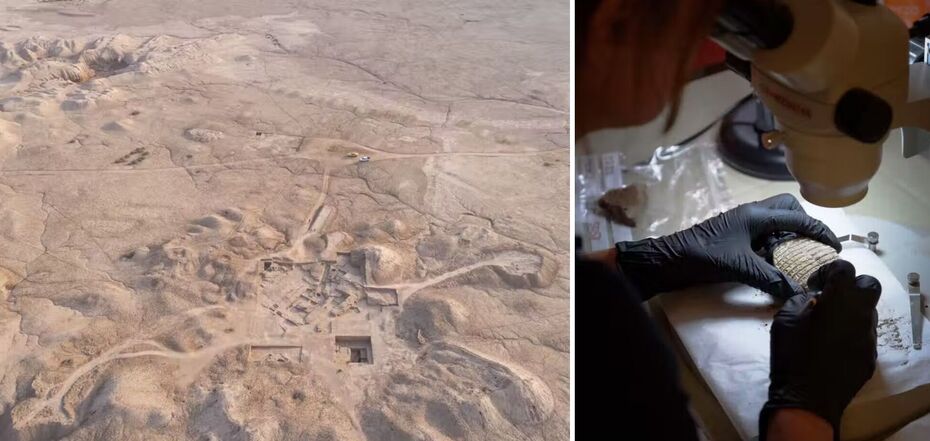Life
Cold War spy photos helped find a lost palace in the desert. Photo.
During the Cold War, the US Central Intelligence Agency closely monitored the entire world and had no idea what consequences this would have in the future. For example, declassified satellite images of Iraq allowed archaeologists to discover the remains of a palace from the mysterious Sumerian civilisation and hundreds of cuneiform tablets that could shed light on the life of the ancient people.
According to the Evening Standard, a team of researchers led by experts from the British Museum, who are working on the site of the ancient city of Hirsu, became interested in the images. It existed 4,500 years ago and belonged to the Sumerians, a people who are credited with building the world's first cities and inventing writing. About 30,000 people lived in Hirsu, an unprecedented number at the time. And the discovered palace, according to archaeologists, was a very large complex on its territory and an administrative centre.
Sebastien Ray, curator of Ancient Mesopotamia at the British Museum and director of the Hirsu project, spoke about the discovery. According to him, the discovery is extremely important. It can change the way science looks at what is actually the cradle of civilisation.
To find traces of ancient mud buildings buried in the sands of southeastern Iraq, a team of scientists accessed declassified photographs from the CIA's Corona programme. This programme used surveillance satellites to collect intelligence from 1959 to 1972. Scientists are studying these aerial photographs taken half a century ago to look for landscape anomalies that cannot be seen from the ground. For example, these could be lines that were once walls or canals. After studying old photos and comparing them with modern ones, researchers launch their drones in selected locations. This makes it possible to find traces of ancient buildings and start digging in the right place.
Currently, the British Museum is working on excavations together with the Getty Museum (USA). They set out to learn more about the Sumerian civilisation and preserve artefacts of Iraq's ancient history. "Although our knowledge of the Sumerian world today remains limited, the work in Hirsu and the discovery of the lost palace and temple hold enormous potential for understanding this important civilisation," said Hartwig Fisher, director of the British Museum, about the discovery.
Earlier, OBOZREVATEL told how the remains of buildings buried in the jungles of the Gulf of Mexico helped to reveal the secret of the Mayan calendar.
Subscribe to OBOZREVATEL's Telegram and Viber channels to keep up with the latest news.



























